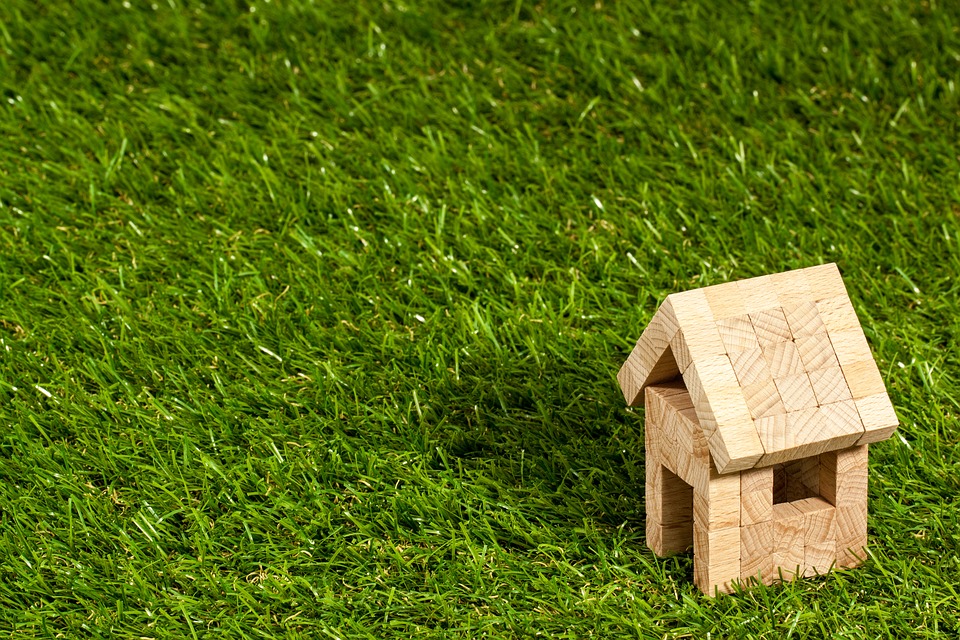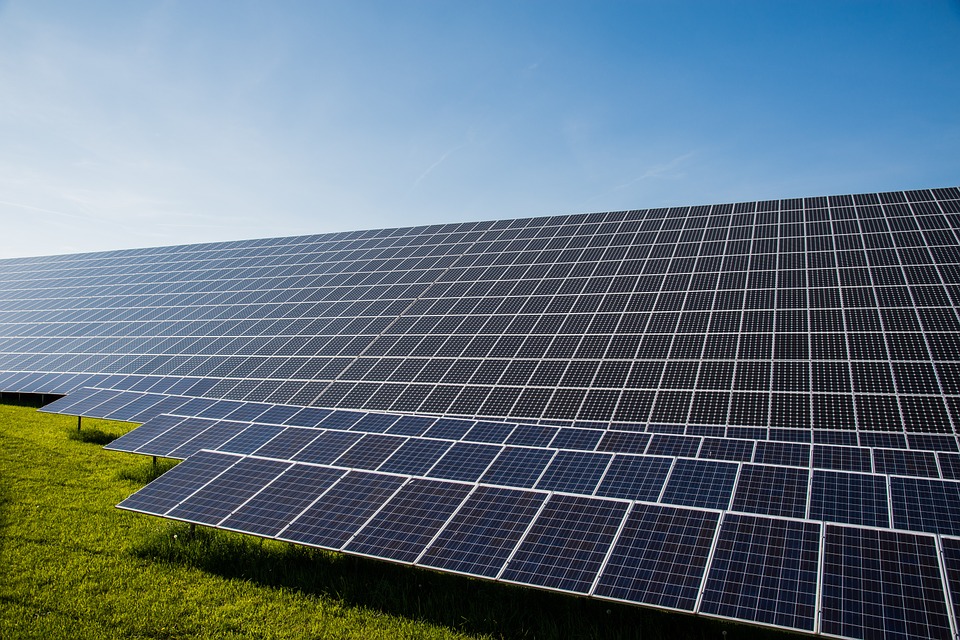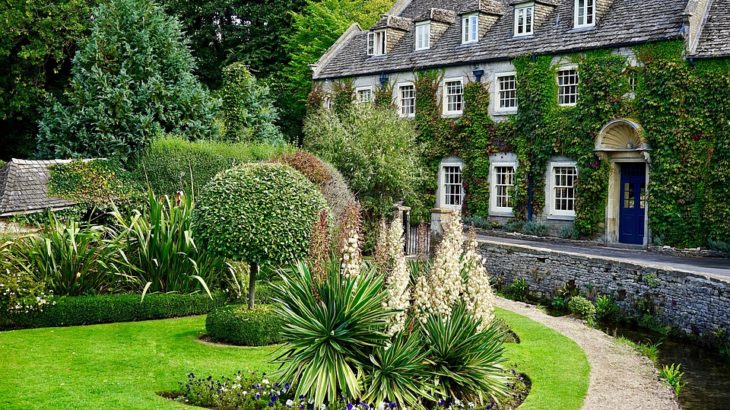According to Gary Saulson, “building green is an environmentally and socially responsible thing to do.” However, don’t you often ask yourself how and where to start? If this question has ever crossed your mind, then you are in the right place. Below you will find the specific steps to be able to start your own green building project:
Do Your Own Research

Construction is a challenging project which may present different types of surprises. As a result, you need to do a proper research and be prepared to learn more about green architecture. For instance, one cannot build green without knowing what types of materials and methods to use.
Choose the Right Location

To start a green building project, you need to choose the right plot. For instance, a shady location can protect your house from direct daylight during summer but allows it to reach your home during winter. However, wherever you choose, make sure that you are not disrupting the lives of local flora and fauna. Otherwise, even if you are building green, you will be causing harm to the ecosystem.
Use Eco-Friendly Materials

One of the significant features of green buildings is the use of green materials. Every part of your building, from the frame of your house to its flooring, the use of sustainable materials is required and nowadays, these materials can be readily available on the market. For instance, materials such as bamboo, dimension stone, recycled metal and recycled lumber can be widely used in the construction of buildings as these products are non-toxic and reusable. The US Environmental Protection Agency even recommended the use of coal combustion products and foundry sand.
Suppose you are still out of ideas for environmentally-friendly construction materials. In that case, there are the rammed earth bricks made from an ancient construction method that uses sustainable raw materials and has been considered as catering to the demands of environmental sustainability.
Make Use of Solar Power

The sun is a source of clean and renewable energy and during the construction of a building, you get the unique opportunity to make use of this natural power. In the beginning, the solar panels’ initial costs may be high but they will save you money in the long term. In order to get the most efficient results from your investment, you can take advantage of the light, positioning and geography of the new building to make full use of solar energy. Did you know that your building’s location and the position of solar panels can have a significant impact on the amount of power collected?
Moreover, it is recommended to check with your government if they provide any grants or tax benefits for installing solar panels in your building.
Focus on Water

Nowadays, people are becoming more aware of the consumption and conservation of fresh water and various measures are being implemented to reduce water waste. The first step is to make use of water-conserving fixtures such as low-flow showerheads, toilets and faucets. These fixtures will lower your water bills and help make your building much more eco-friendly.
Furthermore, during your green building construction, you can install a rainwater harvesting system that will collect rainwater from the roof and then store it in a tank. As a result, the collected water can be used for other purposes, such as irrigating gardens, toilets, and much more. Compared to today’s rainwater harvesting systems, during the 19th century, when there was no running water in houses, households used to collect run-offs in cisterns.
Use a Programmable Thermostat

It is said that more than half of our energy consumption goes towards cooling and heating systems.
In the contemporary world, smart home products like highly programmable thermostats have become very popular. Why? They can be programmed to adjust heating and cooling temperatures and consider factors such as time of the day. Consequently, they can cut down on your heating and cooling bills, make your HVAC systems become more efficient and save the environment by decreasing energy production.
Now that you learned some of the features required to start constructing a green structure, what’s stopping you from doing it? Please share your comments!



















